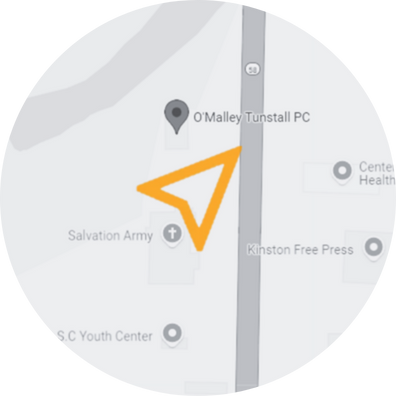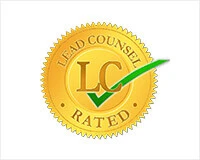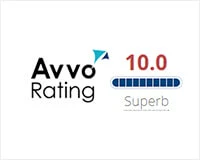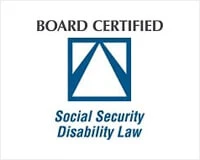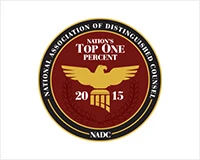On Behalf of O’Malley Tunstall PLLC | Jan 12, 2021 | Car Accidents
Automakers are taking safety much more seriously than they have in recent years, according to the Insurance Institute for Highway Safety (IIHS). Ten manufacturers have already kept a promise to equip nearly all of their vehicles with automatic emergency braking (AEB) – well ahead of the September 2022 target date.
And 10 automakers have upgraded headlight choices on new models, apparently in part to make those vehicles eligible for IIHS’s Top Safety Pick+ award and to make their 2021 offerings more appealing to safety-conscious consumers.
The IIHS says the safety advancements will help drivers to see better and stop faster – keys to reducing the number of motor vehicle crashes resulting in injuries or fatalities.
Seeing safety
According to the IIHS, approximately half of all fatal wrecks in the U.S. take place at night, with more than a quarter of deadly crashes occurring on unlit roads. The organization says those statistics compelled it to tighten eligibility for its Top Safety Pick+ award by limiting it to vehicles that have headlights rated good or acceptable.
When the Institute began rating headlights in 2016, only two of the 95 models it tested were rated good or acceptable. Last year, 85 out of 185 models tested were equipped with headlights rated good or acceptable. And the stringent criteria for Top Safety Pick + apparently had the desired effect, as 10 manufacturers upgraded headlights and made the vehicles eligible for the safety recognition: the Audi A7, Honda Accord, Honda Odyssey, Hyundai Palisade, Mazda CX-30, Nissan Altima, Subaru Ascent, Toyota Highlander, Volvo S60, Volvo XC40 and Volvo XC60.
The IIHS hopes and expects that as it tests more 2021 vehicles, it will find additional models with upgraded headlights across all trims.
Stop in the name of safety
In 2015, the IIHS and the National Highway Traffic Safety Administration persuaded 20 automakers to pledge to offer automatic emergency braking on at least 95 percent of their vehicles manufactured after Sept. 1 of 2022. So far, 10 automakers have already kept their promise, while three others have put AEB on more than 90 percent of their vehicles.
Only five of the 20 manufacturers that signed the pledge are still equipping less than half of their vehicles with the crash-avoidance technology.
Of the 10 that kept the promise ahead of schedule, four of them accomplished the goal in 2019: Audi, Mercedes-Benz, Volvo and Tesla. They were joined in 2020 by BMW, Hyundai, Mazda, Subaru, Toyota and Volkswagen. Three others – Ford, Honda and Nissan – have put AEB in more than 90 percent of their vehicles.
It should be noted that the pledge was only to meet the September 2022 goal – there are no phase-in deadlines or milestones, which means no automaker has yet broken the promise to put better braking in vehicles.
According to IIHS research, the voluntary commitment is expected to prevent more than 40,000 crashes and 20,000 injuries annually by 2025.




